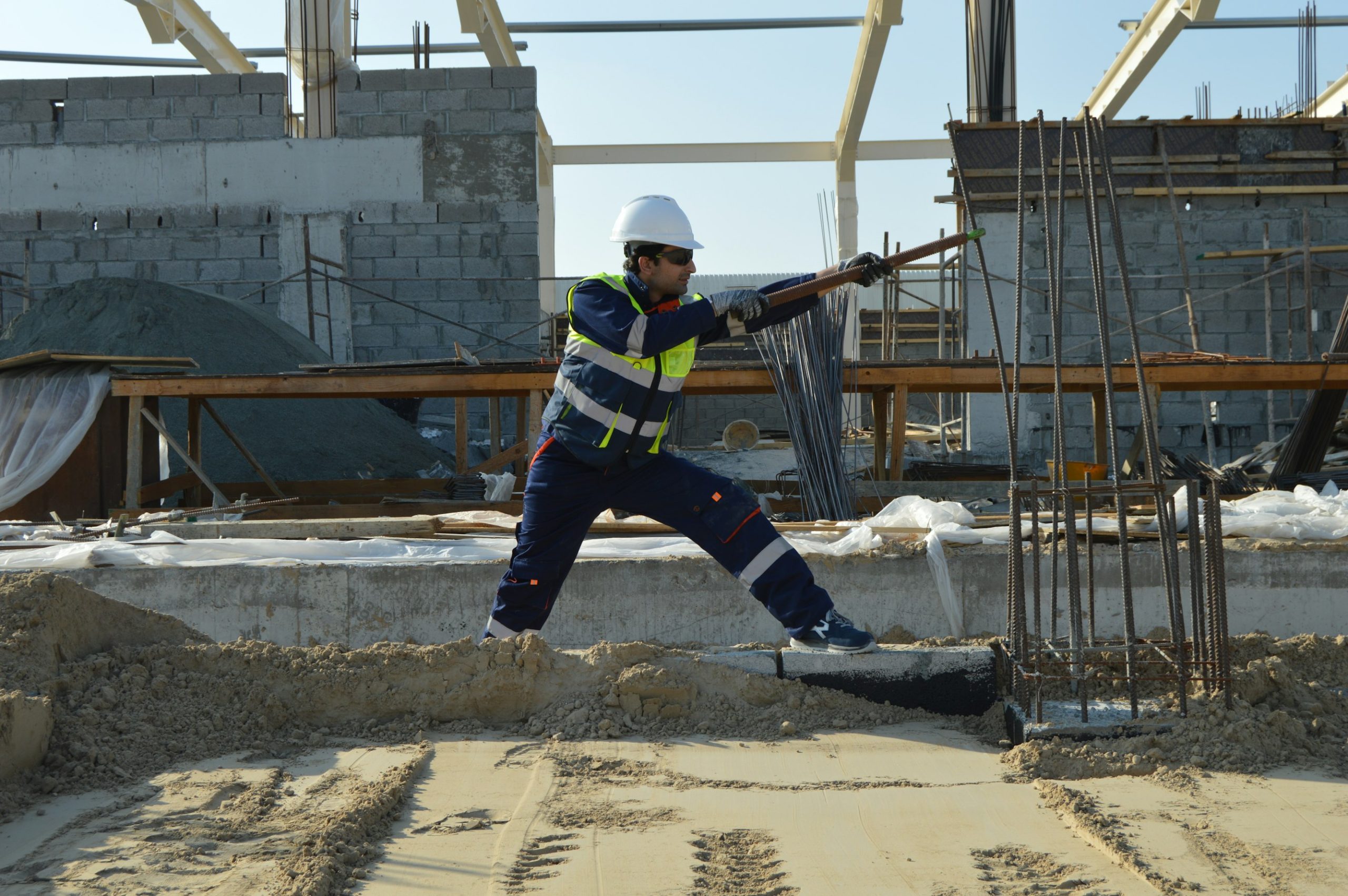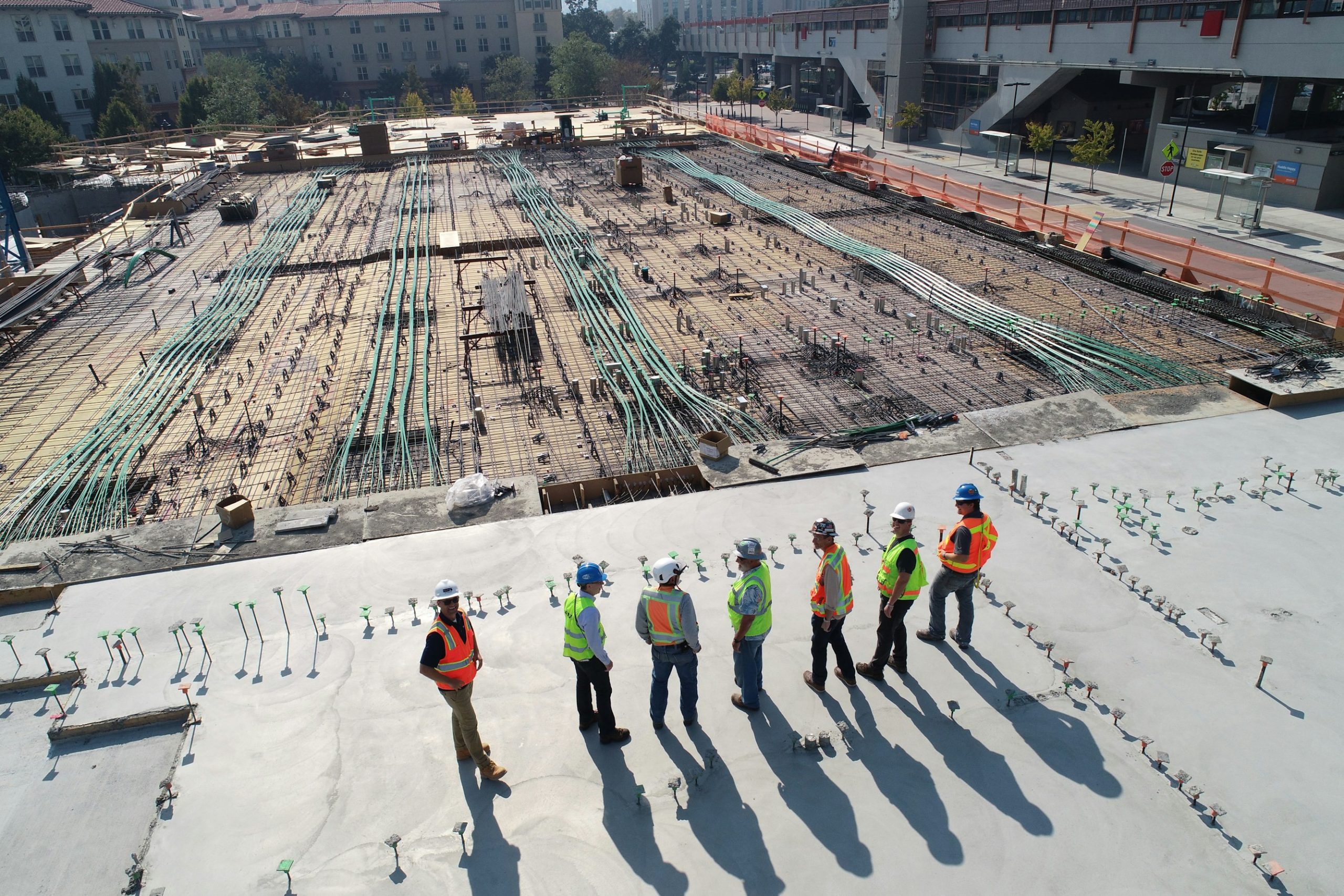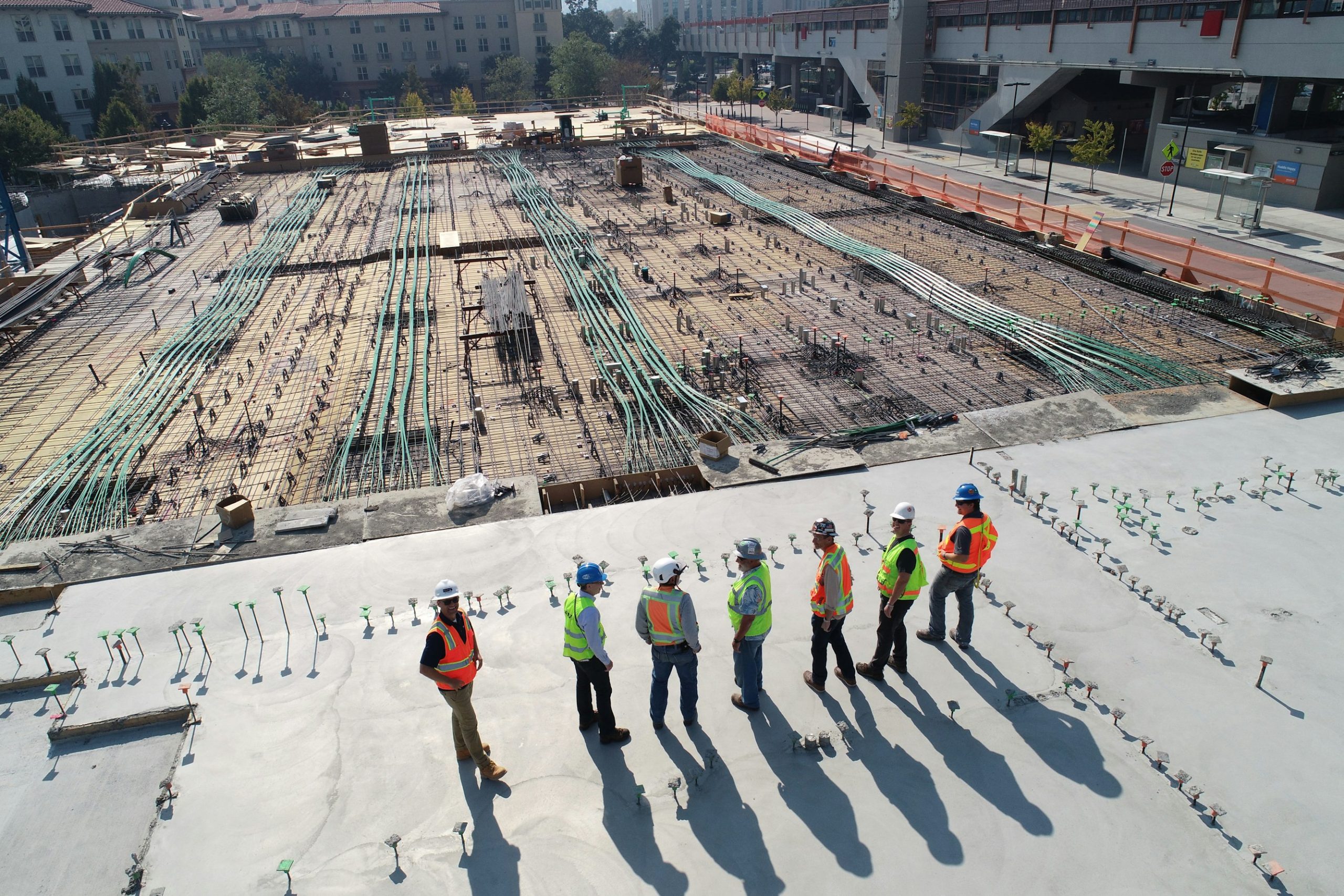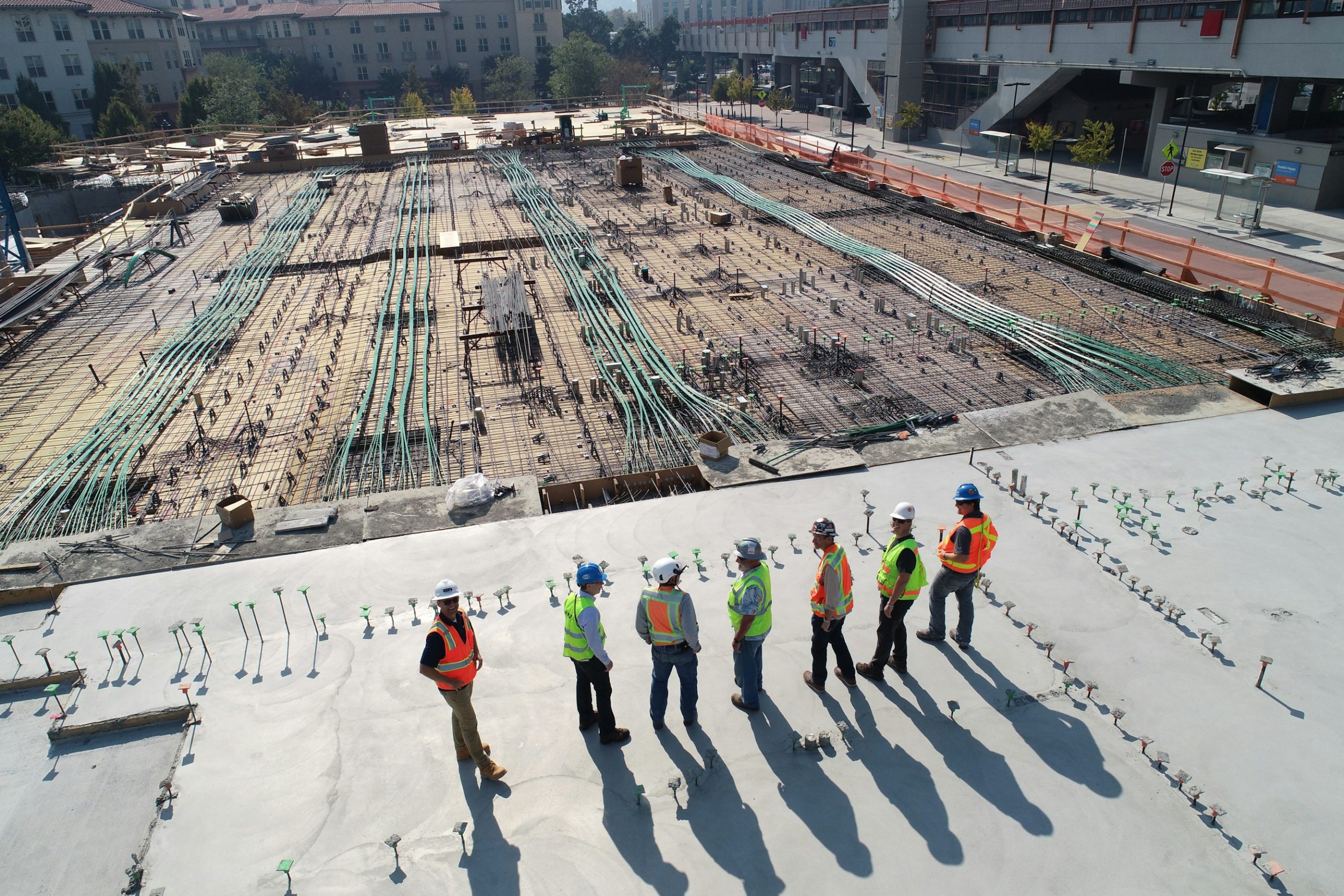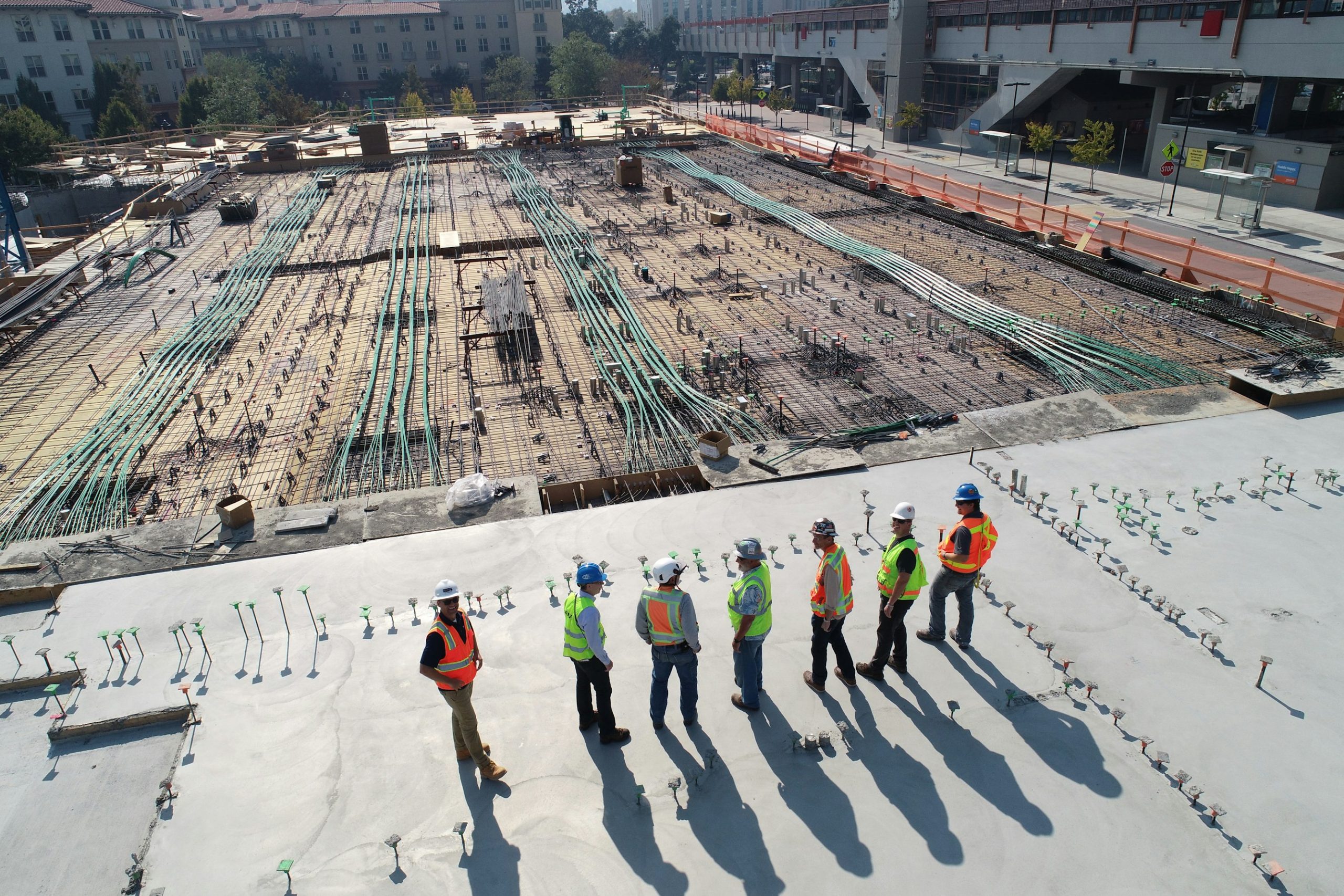Why Middle East Projects Need Multilingual Jobsite Tools
The Middle East construction sector is thriving and multifaceted, defined by a diverse workforce and client base where multiple languages are spoken, especially Arabic and English. To navigate this complexity successfully, the adoption of multilingual jobsite tools is critical. Not only do these tools facilitate communication, but they also foster inclusivity among team members. This blog explores the reasons behind the necessity of multilingual tools in construction management and how they can significantly improve project outcomes.
Diverse Workforce and Client Base
The diverse linguistic landscape of the Middle East means that effective communication during construction projects is paramount. Multilingual jobsite tools help ensure that all members of the project team, regardless of their language proficiency, receive crucial information in their native languages. This approach drastically reduces misunderstandings, strengthens team dynamics, and enhances overall workflow efficiency. By incorporating tools that are accessible to everyone on a project, construction firms can build a more cohesive and effective working environment. Furthermore, it allows for the seamless integration of advanced construction project management software, which is essential in today’s digital landscape.
Enhanced Collaboration and Communication
Communication is vital for the success of any construction project. With the increasingly widespread adoption of technologies such as Building Information Modelling (BIM) and advanced project management solutions, multilingual tools become even more essential. They enable real-time collaboration among constructors, architects, engineers, and other stakeholders by mitigating language barriers. This enhancement in communication means faster decision-making and increased accuracy in project tracking, resulting in improved outcomes. Thanks to AI-driven construction management systems, teams can utilize these tools to facilitate conversations, access documents, and share direct updates – augmenting their collective efficiency.
Regulatory and Government Mandates
The Middle Eastern governments are taking bold steps to foster digital transformation within the construction sector. These include promoting the use of digital tools that ensure accessibility for all stakeholders. Implementing multilingual jobsite tools aligns with these initiatives, allowing construction companies to meet regulatory requirements effectively. Not only do such tools support compliance, but they also ensure that information is available in multiple languages—essential for maintaining transparency and inclusivity in projects.
Benefits of Multilingual Jobsite Tools
Integrating multilingual capabilities into construction management can bring a host of advantages:
- Improved Project Management: Utilizing multilingual tools showcases superior functionality with platforms like Zepth’s Document Management Tool which supports real-time project tracking.
- Enhanced Safety and Efficiency: Drones and other innovative site management tools can be easily understood with proper language allocation, streamlining communication of safety protocols and progress updates.
- Better Customer and Stakeholder Satisfaction: The use of AI-powered multilingual customer support tools allows construction firms to respond optimally to client inquiries—significantly enhancing satisfaction.
Use Cases and Best Practices
To maximize the effectiveness of multilingual jobsite tools, here are some recommended best practices:
- Real-Time Collaboration: Employ multilingual tools to facilitate continuous communication among team members, ensuring that everyone stays informed and aligned.
- Compliance with Regulations: Guarantee that all project data and communications are available in multiple languages to satisfy government mandates.
- Inclusive Work Environment: Foster an inclusive culture through the implementation of multilingual tools, which minimizes misunderstandings and enhances team dynamics.
- Integration with Advanced Technologies: Link multilingual tools with BIM and project management software for improved collaboration and project management workflows.
How Zepth Can Help
Zepth positions itself as a partner for construction firms looking to enhance their project management capabilities through multilingual support:
- Multilingual Support: Zepth provides robust multilingual jobsite management tools tailored to the diverse linguistic profile of the Middle East, facilitating seamless communication among stakeholders.
- Integration with Digital Tools: Zepth’s solutions integrate effortlessly with platforms like BIM and Autodesk BIM 360, offering comprehensive project management and tracking capabilities.
- Enhanced Safety and Efficiency: With clear multilingual communication, Zepth’s tools minimize errors, bolster site safety, and improve project efficiency.
- Customer Satisfaction: By leveraging Zepth’s AI-powered customer support tools, construction companies can promptly address client concerns in their native languages, boosting overall satisfaction.
Conclusion
In conclusion, the necessity for multilingual jobsite tools in the Middle East construction sector cannot be overstated. The region’s diverse workforce, the demand for effective collaboration, and regulatory requirements highlight the critical need for such tools. Zepth stands out as a reliable solution provider, offering specialized tools that facilitate effective communication and enhance overall project management efficiency. For more insights on how Zepth can empower your construction projects, explore our offerings on Why Zepth?.
